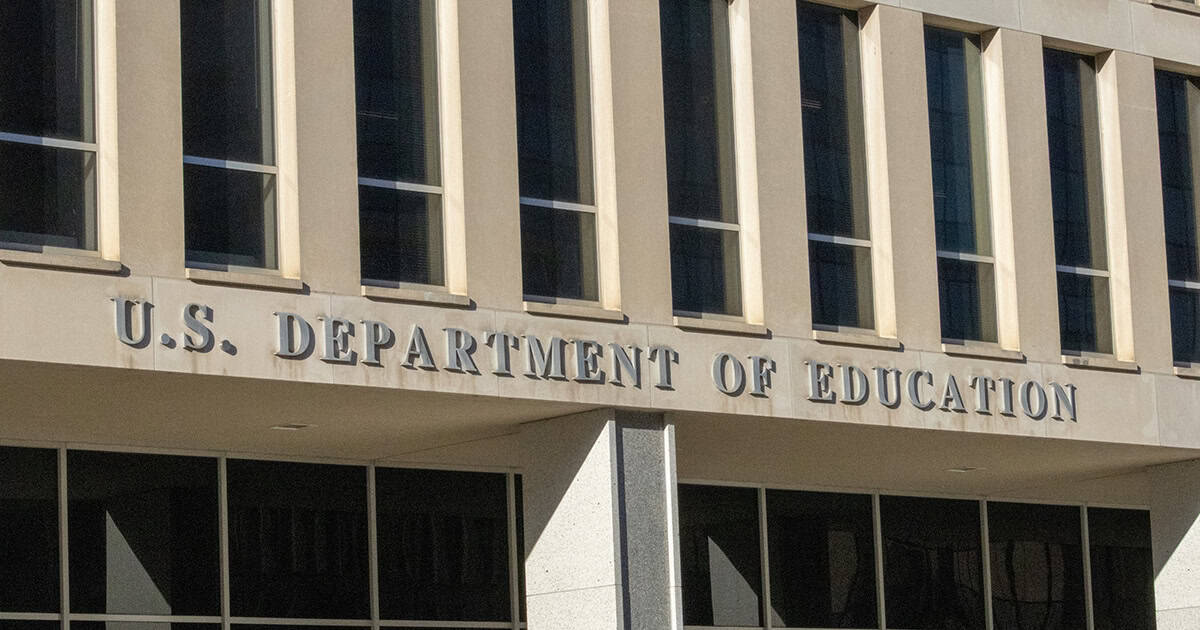Nearly a decade ago, research emerged regarding cortical plasticity and the changes that occur when hearing aids or cochlear implants (CI) are used by children with significant hearing loss (Sharma et al, 2015). Recently, researchers from China and the United States collaborated to determine how cortical structures in children with severe to profound congenital sensorineural hearing loss were affected after use of amplification (Yuan et al, 2024).
High-resolution3-TT1-weighted structural whole-brain magnetic resonance imaging (MRI) was completed on 103 young pediatric CI candidates (55 females and 48 males) during their pre-CI evaluation. These scans of auditory cortical structure were compared with that of 78 age-matched children with typical hearing. Considering the significant impact of age, gender, and socioeconomic status on brain structures, the control group was matched with the group of children with hearing loss in terms of age, sex, and household income (p > 0.05). Four areas of the cortex were selected for study: the left and right Heschl’s gyrus (HG) and left and right superior temporal gyrus (STG).
Results of this study demonstrated that early hearing aid use preserved the auditory cortex of children with bilateral congenital sensorineural hearing loss. Gray matter (GM) preservation of the left HG was significant when compared between the two groups, and specifically, longer duration of hearing aid use was associated with better GM preservation.
The results of this study support early fitting of hearing aids, and when appropriate, early implantation to take advantage of neural preservation which will likely maximize auditory and spoken language development.
References
Sharma A, Glick H, Deeves E, Duncan E. (2015) The P1 biomarker for assessing cortical maturation in pediatric hearing loss: a review. Otorinolaringologia 65(4):103–114.
Yuan D, Tournis E, Ryan ME, et al. (2024) Early-stage use of hearing aids preserves auditory cortical structure in children with sensorineural hearing loss. Cerebral Cortex 34(4):145.
Recent Posts
Academy Joins National Push for Inclusive Loan Rules for Health Professions
Late last month, the Academy signed onto a letter to the Department of Education and the Reimagining and Improving Student Education (RISE) rulemaking committee urging…
Discover the Art of Human Care with Dr. Hassan A. Tetteh
Be sure to grab a front row seat at the AAA 2026 Opening General Session on Thursday, April 23, from 9:45–11:30 am, featuring Dr. Hassan A. Tetteh—surgeon,…
Protect Audiology Licensure in Utah
The Utah Office of Professional Licensure Review (OPLR) has recommended a drastic change that would eliminate professional licensure for audiologists and speech-language pathologists and replace…


